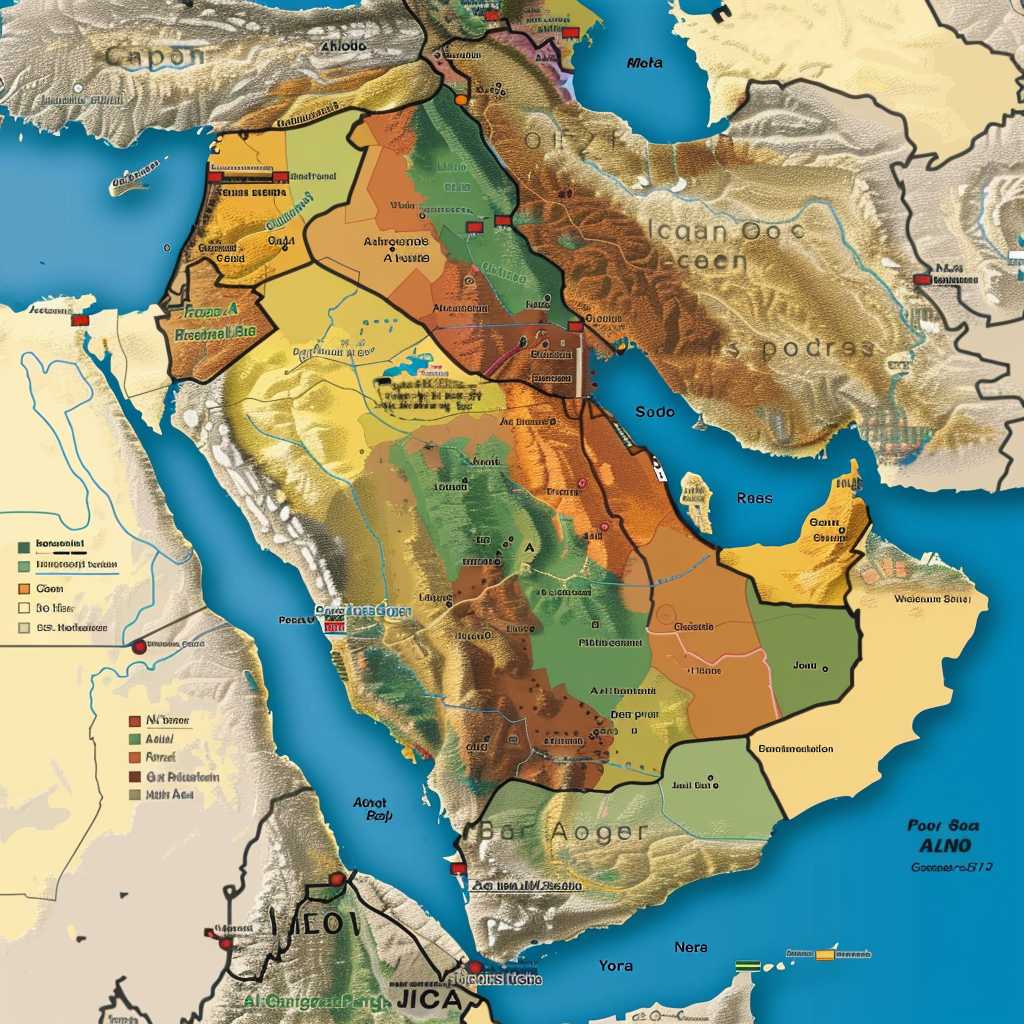The History and Contemporary Issues of Palestine
Palestine, a geographically and historically significant region in the Middle East, located between the Mediterranean Sea to the west and Jordan River to the east, has a rich history that dates back thousands of years. It is an area encompassing a wide range of meanings and connotations, associated with both ancient civilizations and modern political movements.
Historical Background of Palestine
Palestine’s history is characterized by various periods of rule, including the Canaanites, Egyptians, Philistines, Israelite Kingdoms, Assyrians, Babylonians, Persians, Greeks, Romans, Byzantines, Islamic/Arab Caliphates, Crusaders, Mamluks, and Ottomans. Each ruling group left its mark on the culture and demography of the region.
By the early 20th century, Palestine had become a point of contention due to the rival nationalist movements of Zionism – advocating for a Jewish homeland in response to widespread anti-Semitism and historical ties – and Palestinian Arab nationalism – seeking independence from foreign domination.
British Mandate and Rise of Conflict
Following World War I, the Ottoman Empire was dismantled, and Palestine came under British rule as part of the League of Nations mandate system. The British Mandate period (1920-1948) was marked by increasing conflict between Jewish and Arab residents. The 1917 Balfour Declaration further heightened tensions by expressing British support for “the establishment in Palestine of a national home for the Jewish people” while also stating that such a home should not prejudice the civil and religious rights of existing non-Jewish communities.
1948 Partition and Arab-Israeli War
As hostility grew and Britain’s control waned after WWII, the United Nations voted in 1947 to partition Palestine into separate Jewish and Arab states. The plan was accepted by Jewish leaders but rejected by Arab leaders. When Israel declared independence on May 14, 1948, surrounding Arab countries launched military interventions.
The resulting 1948 Arab-Israeli War had significant repercussions for Palestine. It led to substantial demographic shifts as hundreds of thousands of Palestinians fled or were expelled from their homes, becoming refugees in surrounding Arab states and a cause for international humanitarian concern. The areas not incorporated into the new State of Israel were divided between Jordan (the West Bank) and Egypt (the Gaza Strip).
The Quest for Recognition: The Palestinian Liberation Organization
The Palestinian Liberation Organization (PLO), formed in 1964 to represent the Palestinian people’s aspirations, became a central player in the quest for recognition and self-determination. Reaction to Israeli occupation after the 1967 Six-Day War stoked Palestinian nationalism further and led to cycles of violence and attempts at negotiation.
Contemporary Situation of Palestine
Today’s geopolitical situation is characterized by continued occupation and unresolved conflicts. Israel maintains control over certain geopolitical areas — notably the West Bank, East Jerusalem, and Gaza Strip — although Palestinian authorities have limited governance over areas of the West Bank and semi-autonomy in Gaza.
Political divisions among Palestinians – particularly between Fatah in the West Bank and Hamas in Gaza – have complicated internal politics and hampered negotiation efforts with Israel. Israeli settlement expansion into disputed territories remains one of the many contentious issues.
Towards a Two-State Solution?
Advocates for peace have long discussed a two-state solution as a means to the conflict — an independent State of Palestine alongside Israel — but ongoing disputes over territorial boundaries, security concerns, refugee return, resource allocation, recognition, and political conditions have made progress difficult.
International Responses to The Palestinian Issue
Global reactions are varied with key blocs across the world backing different facets of this complex issue. Opposing views often reflect divergent interpretations of historical rights, international law implications concerning occupation and settlements, regional stability concerns, human rights obligations, and national security priorities.
Notes
Image description: A political map showing Palestine consisting of the geographic regions where Palestinians live today include Gaza Strip along with portions of the West Bank under limited Palestinian Authority control (Area A), surrounded by areas under varying degrees of Israeli presence or observance.
